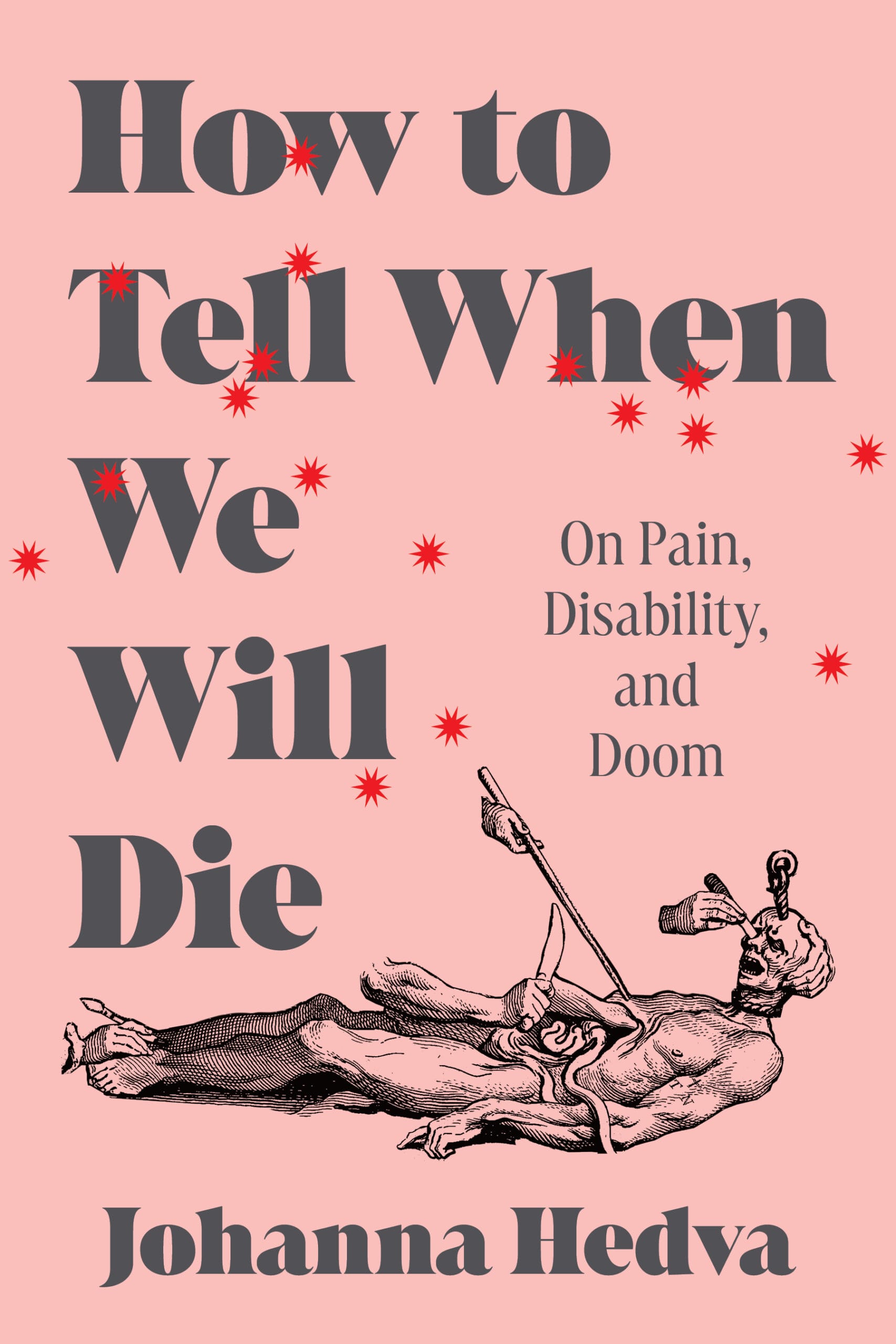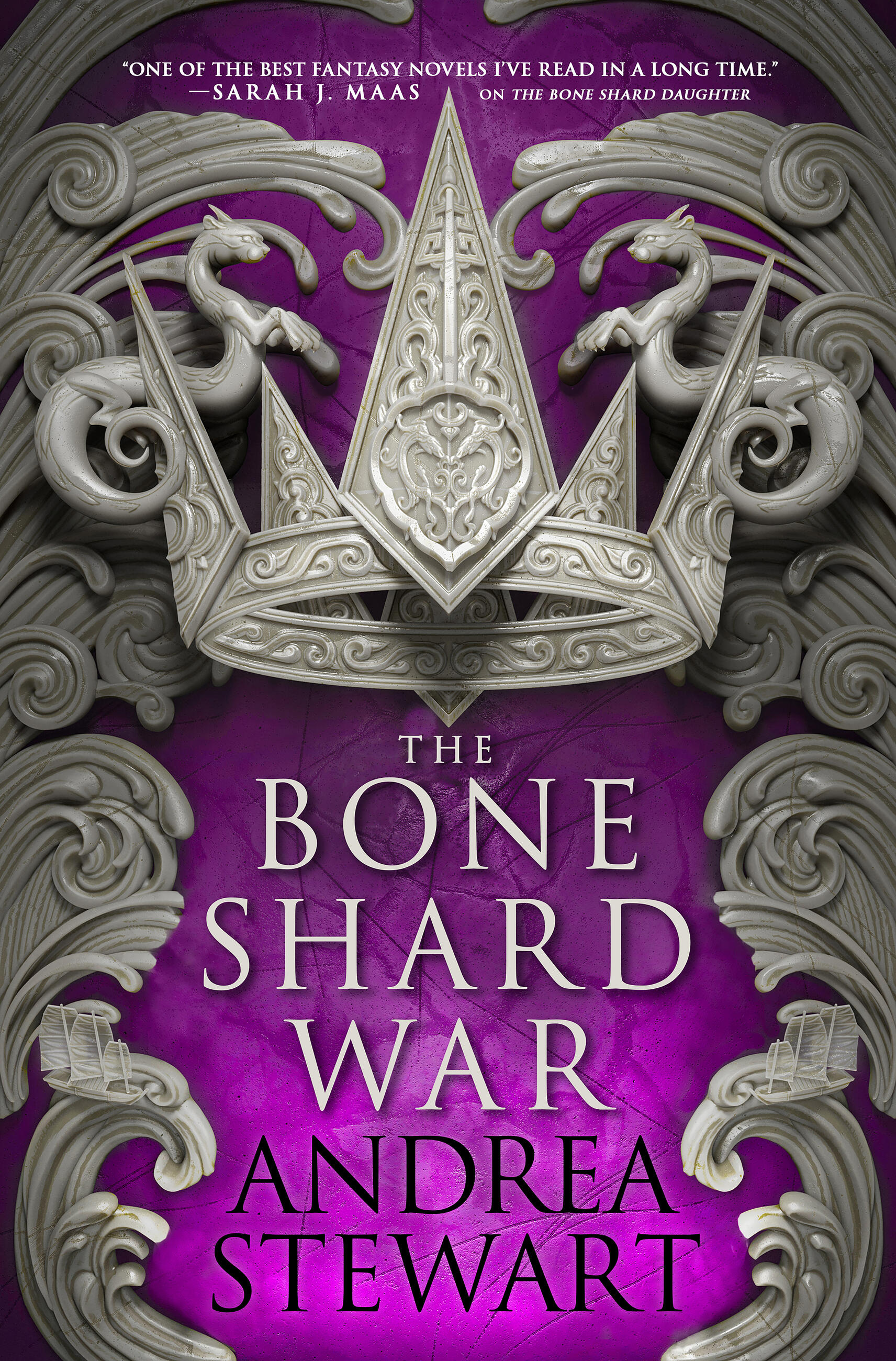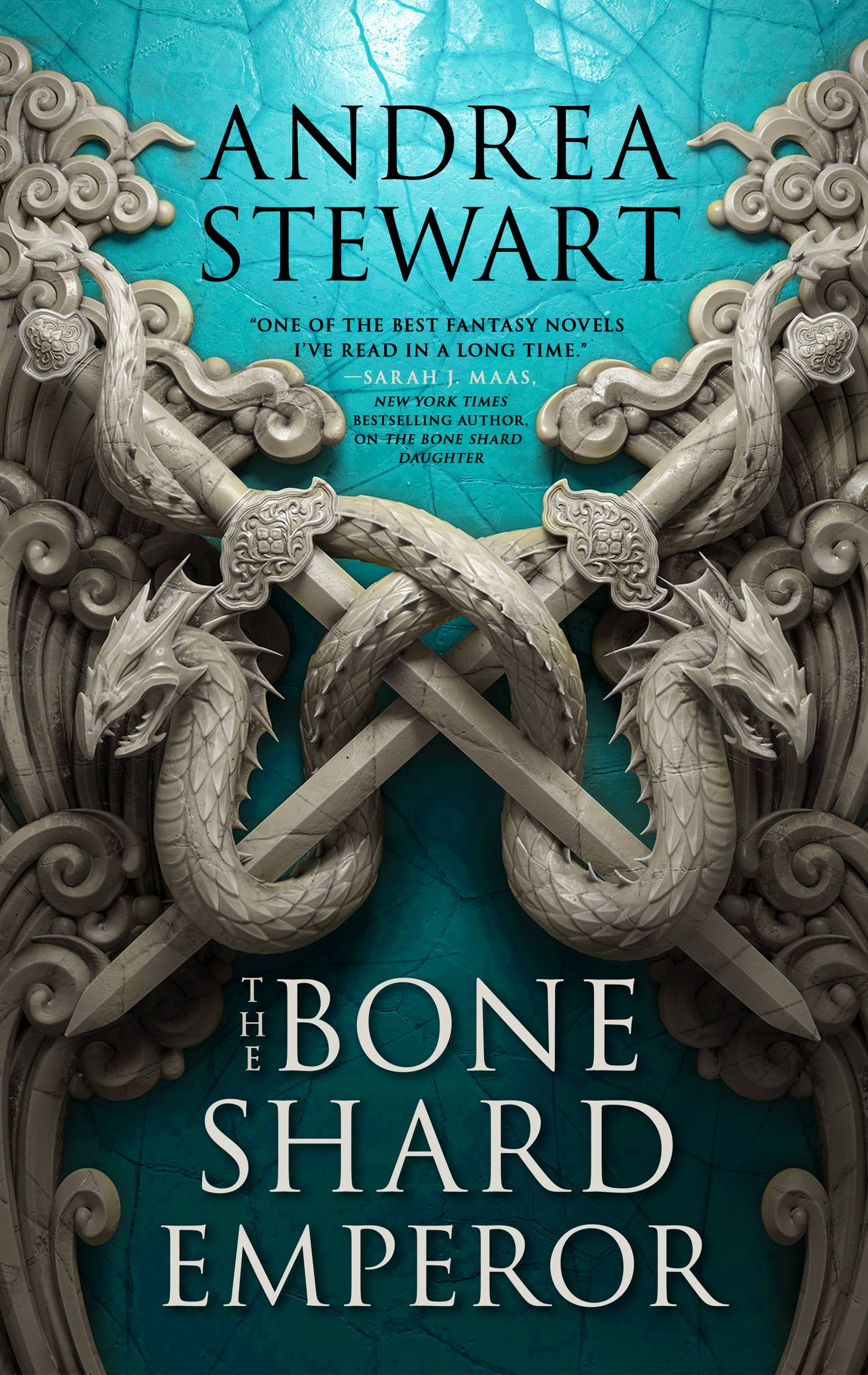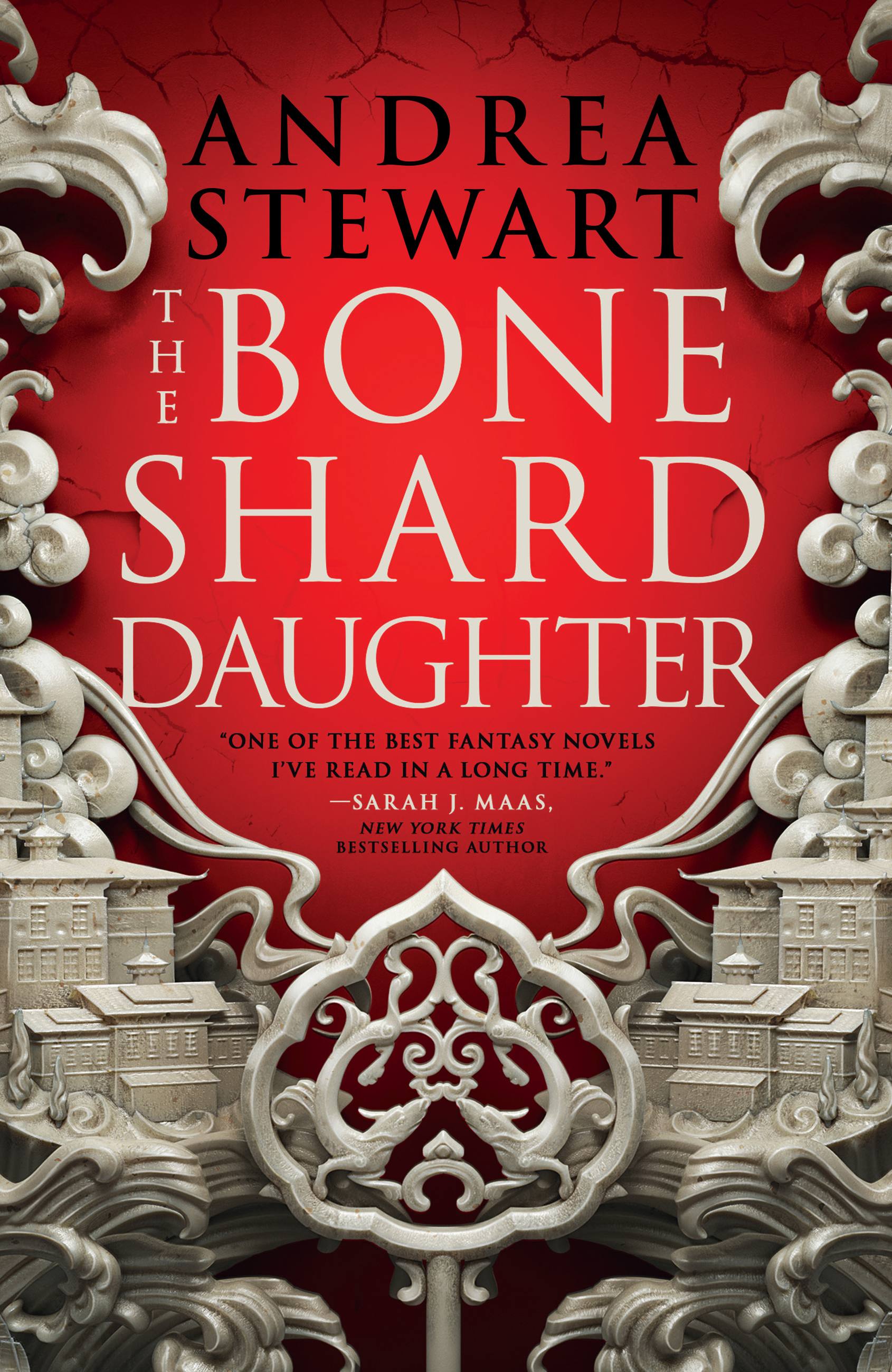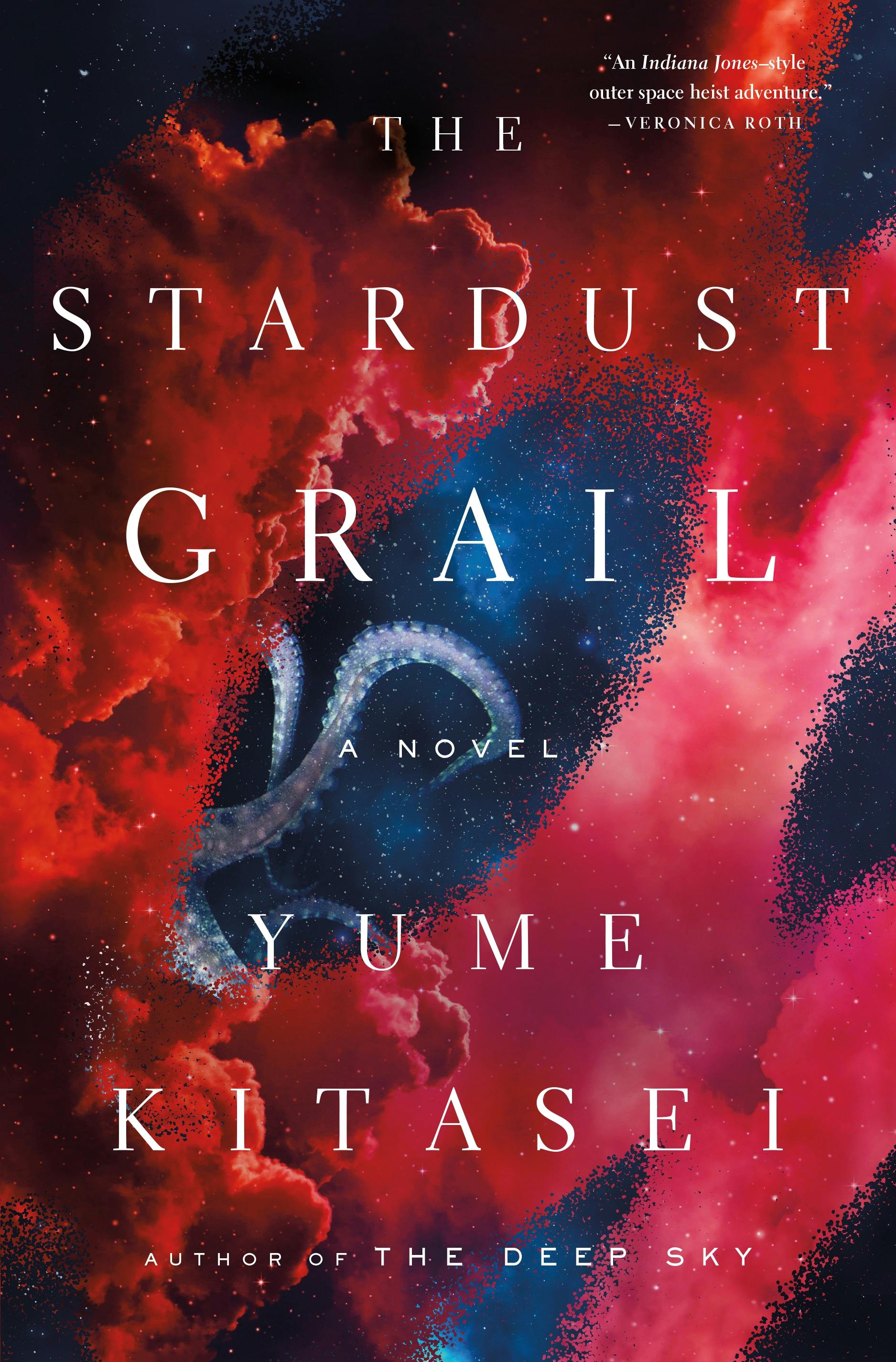
Written by Stephen Hong Sohn
Edited by Uttara Rangarajan
As a continuation of my speculative fiction palate cleansing reading (LOL), I pick up Youngmi Mayer’s I’m Laughing Because I’m Crying (Little, Brown and Company, 2024), which is a real departure from the other books I’ve read in terms of tone. I have to say: balancing the comedic with the dramatic is incredibly difficult, but Mayer manages to do it in a way that reminds me so much of the Korean American bestie who wants to keep it real with me. In any case, here is the marketing description: “It was a constant truism Youngmi Mayer’s mother would say threateningly after she would make her daughter laugh while crying. Her mother used it to cheer her up in moments when she could tell Youngmi was overtaken with grief. The humorous saying would never fail to lighten the mood, causing both daughter and mother to laugh and cry at the same time. Her mother had learned this trick from her mother, and her mother had learned this from her mother before her: it had also helped an endless string of her family laugh through suffering. In I’m Laughing Because I’m Crying, Youngmi jokes through the retelling of her childhood as an offbeat biracial kid in Saipan, a place next to a place that Americans might know. She jokes through her difficult adolescence where she must parent her own parents: a mother who married her husband because he looked like white Jesus (and the singer of The Bee Gees). And with humor and irreverence and full-throated openness, she jokes even while sharing the story of what her family went through during the last century of colonialism and war in Korea, while reflecting how years later, their wounds affect her in New York City as a single mom, all the while interrogating whiteness, gender, and sexuality. Youngmi jokes through these stories in hopes of passing onto the reader what her family passed down to her: The gift of laughing while crying. The gift of a hairy butthole. Because throughout it all, the one thing she learned was one cannot exist without the other. And like a yin and yang, this duality is reflected in this whip-smart, heart-wrenching, and disarmingly funny memoir told by a bright new voice with so much heart and wisdom.”
Mayer grows up in a really challenging milieu. She clearly loves and respects her parents, but they do make things difficult, and there is no question that Mayer’s departure on her own from Korea as a very young adult is partly based upon the instability of her home growing up. To become independent would mean to find the means to support herself without any of the complicated strings that might come with family. Indeed, it’s unclear to me if she has been in touch with any family members since coming to the United States. The early chapters of the memoir detail her itinerant life. Mayer, though born in the United States, is soon whisked off to many locations, including Korea and Saipan. She makes her way back to the United States, lands in Palo Alto at first, then heads up to San Francisco. These early sequences in America have a dark humor to them: she finds a good deal in a sublet in Treasure Island. She can’t believe her luck, until we all find out that she’s actually in a place filled with methamphetamine addicted residents. She eventually moves out (thankfully) and also eventually finds a measure of financial stability, all the while embarking on a life-changing relationship with Danny Bowien, who himself will find major success as a chef. There were points in this memoir where I wasn’t sure if I should be shocked or amused, but that’s part of the point of the title: that there’s a thin line often between what we find traumatic and what we find funny. Mayer makes the most of making those lines blur, emphasizing that the comedic is a palliative to the strange and often challenging obstacles that life throws our way. Mayer will end the memoir realizing that she has always wanted to be a stand-up comedian, and she ultimately lets go of all these things holding her back. She finds her most fulfillment at this stage in life, admitting that everything before seems primarily as an in-between, limbo space, where she has been sort of living life without a fully realized purpose. The concluding arc also has some pretty frank ruminations on new motherhood, including the revelatory moment that the body has these incredible capacities to help support the life of a developing living entity. Before reading this memoir, I hadn’t known much about Mayer’s stand-up career. There is something about this particular moment, where there are different levels of fame and social visibility, as we are atomized across media platforms. I’ll definitely be looking out for Mayer in the future.
Buy the Book Here











